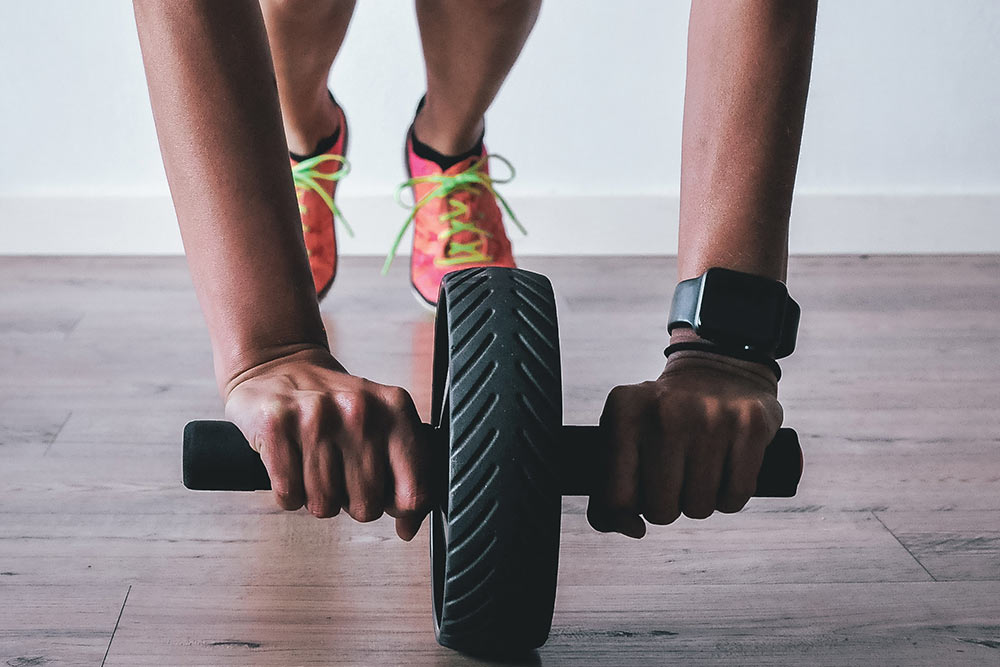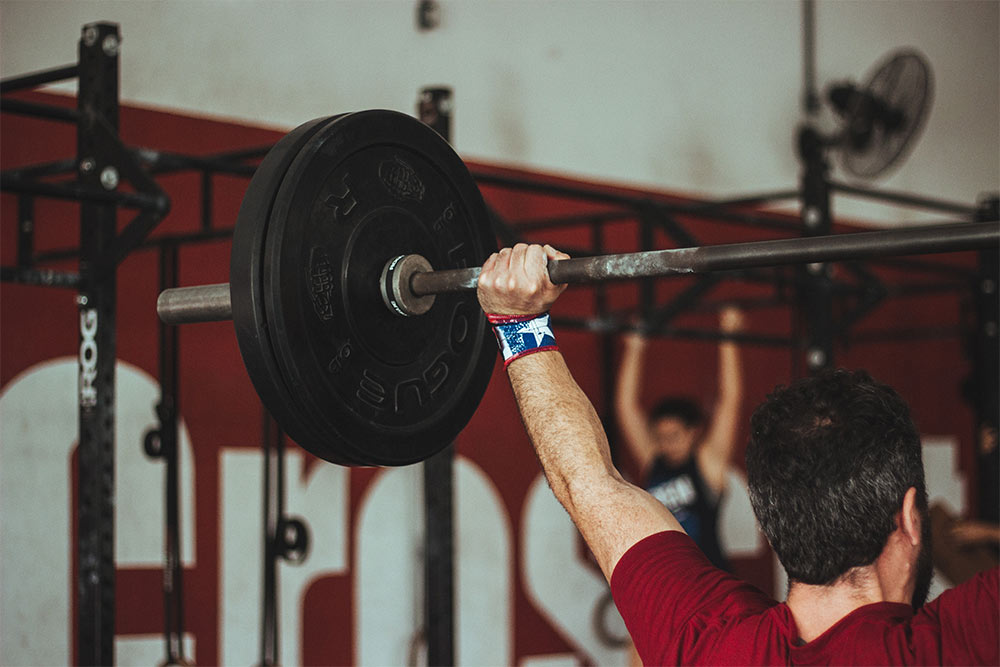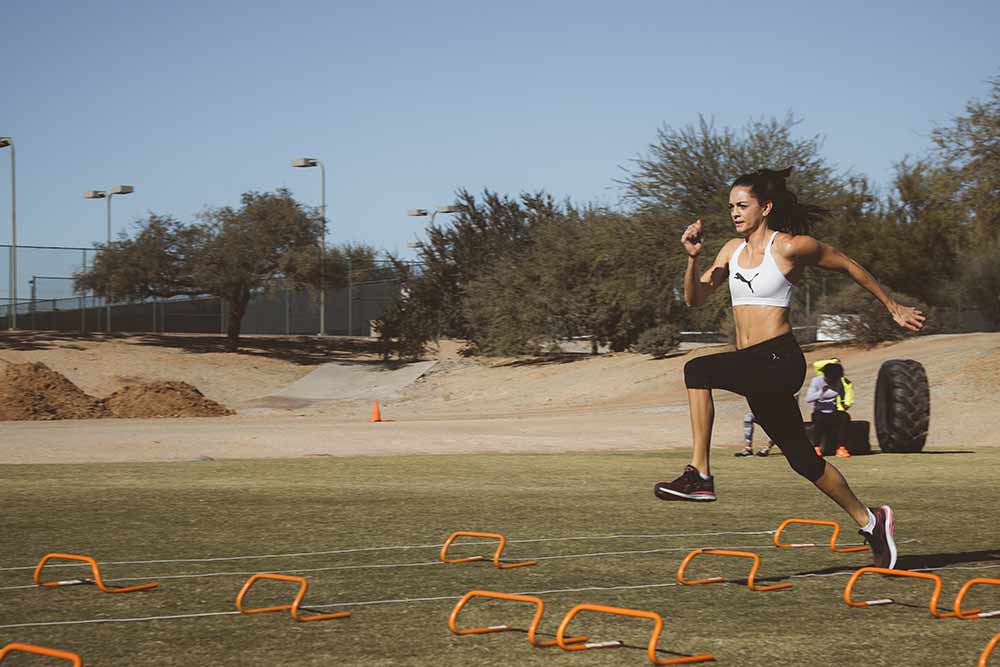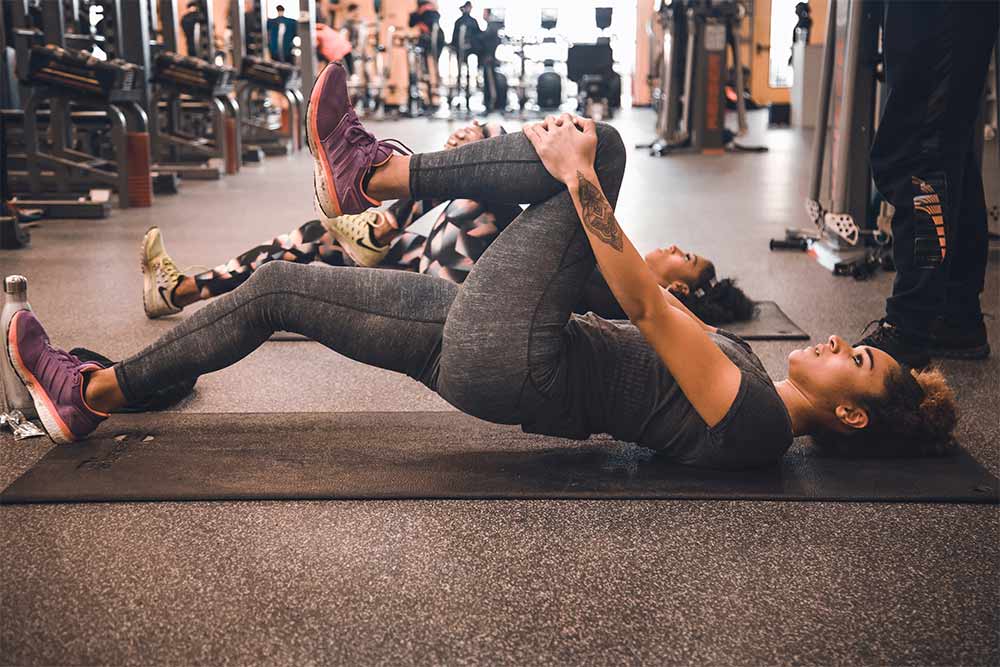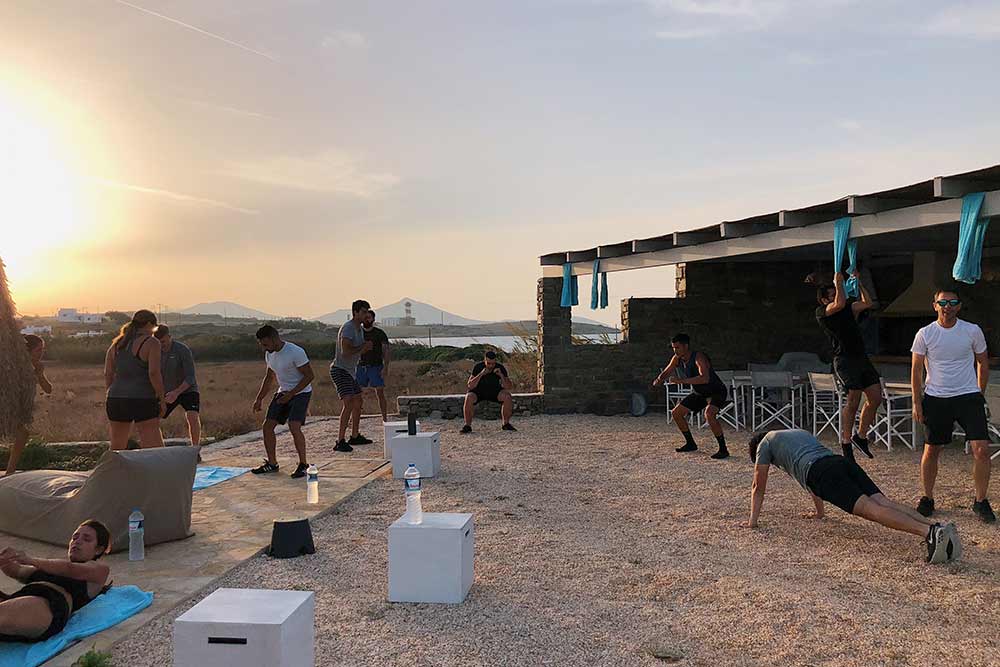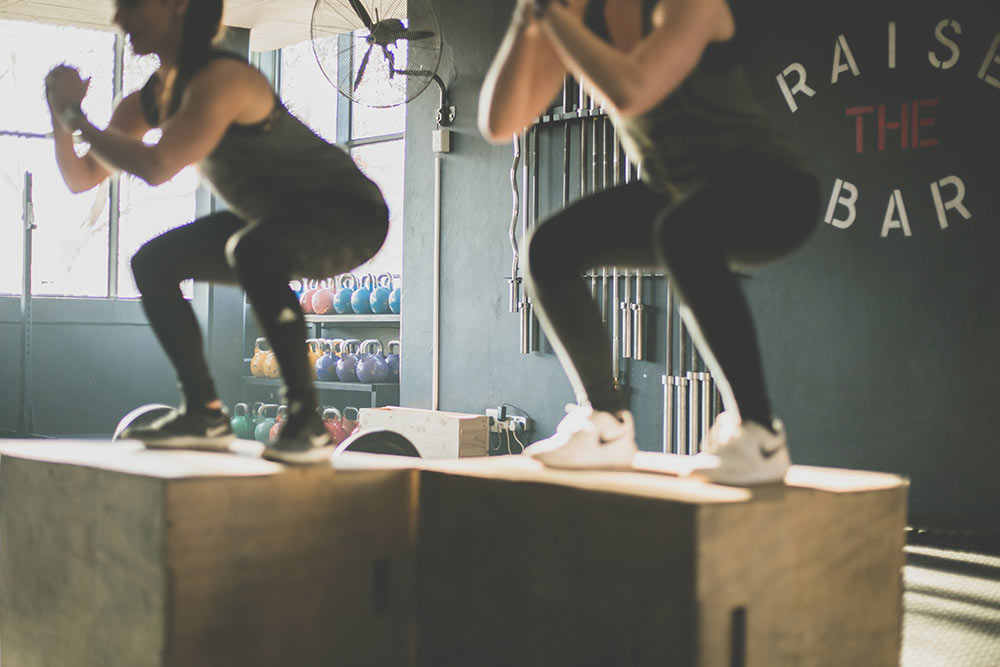Do You Need A Pacer?

Alyssa Bialowas
Introduction
Strong displays in endurance sport are as much about pacing as training. The ability to maintain a steady pace is key to endurance performance. There are many pacing tools that an endurance athlete uses in a race to steady their pace – whether that be using their watch for feedback or mentally judging perceived fatigue. In endurance training and competition, a pacesetter or a pacer is an experienced endurance runner that has one job, to set the pace and keep the pace of everyone running behind them. Pacers have a determined pace to keep, for example, a 7-minute mile, and athletes can follow with confidence that they are running at their desired speed.
Related Article: How To Treat 7 Common Running Injuries
The presence of a pacer has multiple effects on endurance runners. Pacers can harm or benefit a runner’s performance and pre-race anxiety, as their presence has an effect on the runner’s confidence, self-regulation, goal difficulty, and perceived exertion. A team of researchers in the UK wanted to find out more about this to influence endurance running training and competition regimens.
The Study
Participants in the study were recruited from local running clubs in the UK. Nineteen endurance runners, 16 males and 3 males, at a mean age of 29.4, participated in this study. The athletes were required to have been training for at least the last two years. Participants were told that they would be performing two consecutive 1600m-time trials with a 10-minute rest period in between, at max exertion. In their first run, all participants followed a self-selected pacing strategy. During their second run, participants were randomized to either the control group or the pacer group. In the pacer group, the participant requested the pace they wanted to run, and the pacer helped the participant reach their performance goal.
Related Article: Running Does Not Cause Arthritis
The team of researchers observed runner’s pacing strategy, their self-set goal time, goal confidence and goal difficulty, rated their confidence, emotions, performance, and rated their perceived exertion before they participated in the running phase.
Do You Need A Pacer
Observations on whether the use of a pacer would influence psychological responses leading to improved performance, the research team found that there were no significant differences in belief to achieve a performance goal between the two groups. There were no significant differences in performance outcome, but anxiety significantly increased in the paced group and reduced in the self-paced group.
Takeaway
Pacers do not offer a quick solution to training and competition efforts in runners.
There are perceived benefits of a pacer, however, results from this study conclude that being paced by someone represents a novel run experience much different than training on your own. Runners felt they had increased performance anxiety trying to mirror their behavior and performance compared to the pacer’s actions. Endurance training regimens should include pacers in training to test max performance if the runner is to use a pacer in competition.
And, for some, a Fitbit might give them all the pacing and feedback they need:
You Might Like:
How Core Strength Effects Athletic Performance
Alyssa Bialowas What is Core Strength? Your core is a complex series of muscles that extend far beyond your abs and is incorporated in almost every movement of the human body. Strong core muscles act...Weight Training Techniques: The Benefits of Unilateral Training
Alyssa Bialowas Unilateral exercises are single-leg or single-arm movements. The primary benefit of including unilateral exercises in your training programs is that the exerciser is using both sides of the body equally. Unilateral training results...How to Improve Your Aerobic Capacity – Tips & Tricks
Alyssa Bialowas Cardiovascular exercise improves the ability to both move oxygen and nutrients to working muscles and to remove metabolic waste, which allows muscles to continue to perform a particular activity. Your fitness level depends...Exercising in the Heat
Alyssa Bialowas As temperatures continue to soar in the summer, it’s important to be cognizant of the effect that exercising in the heat has on your body. Intense exercise and a failure to modify the...The Best Glute Exercises: How to fire your glutes!
Alyssa Bialowas About Your Glutes – The gluteus maximus is located in the buttocks and is connected to the coccyx/tailbone. This muscle is responsible for the movement of the hip and thigh, and also serves...What Are Probiotics and Prebiotics?
Alyssa Bialowas In response to the current cultural nutrition trend surrounding probiotics and supplements, pharmacies and health food stores are stocking increased amounts of probiotic supplements. Is this just the latest health and nutrition trend...References:
Devonport, T., Fullerton, C., & Lane, A. (2017). “The Influence of a Pacesetter on Psychological Responses and Pacing Behavior During a 1600m Run.” Journal of Sports Science and Medicine, 16, 551-557.

